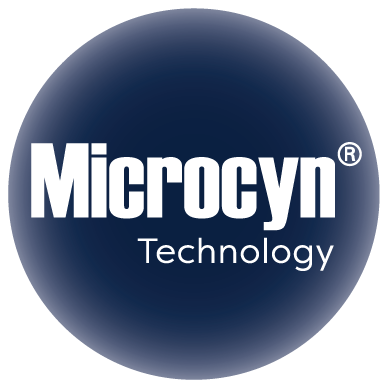Microdacyn Wound Care
Great Efficacy
Maximum Tolerance.
For the treatment of acute and chronic wounds as well as first- and second-degree burns
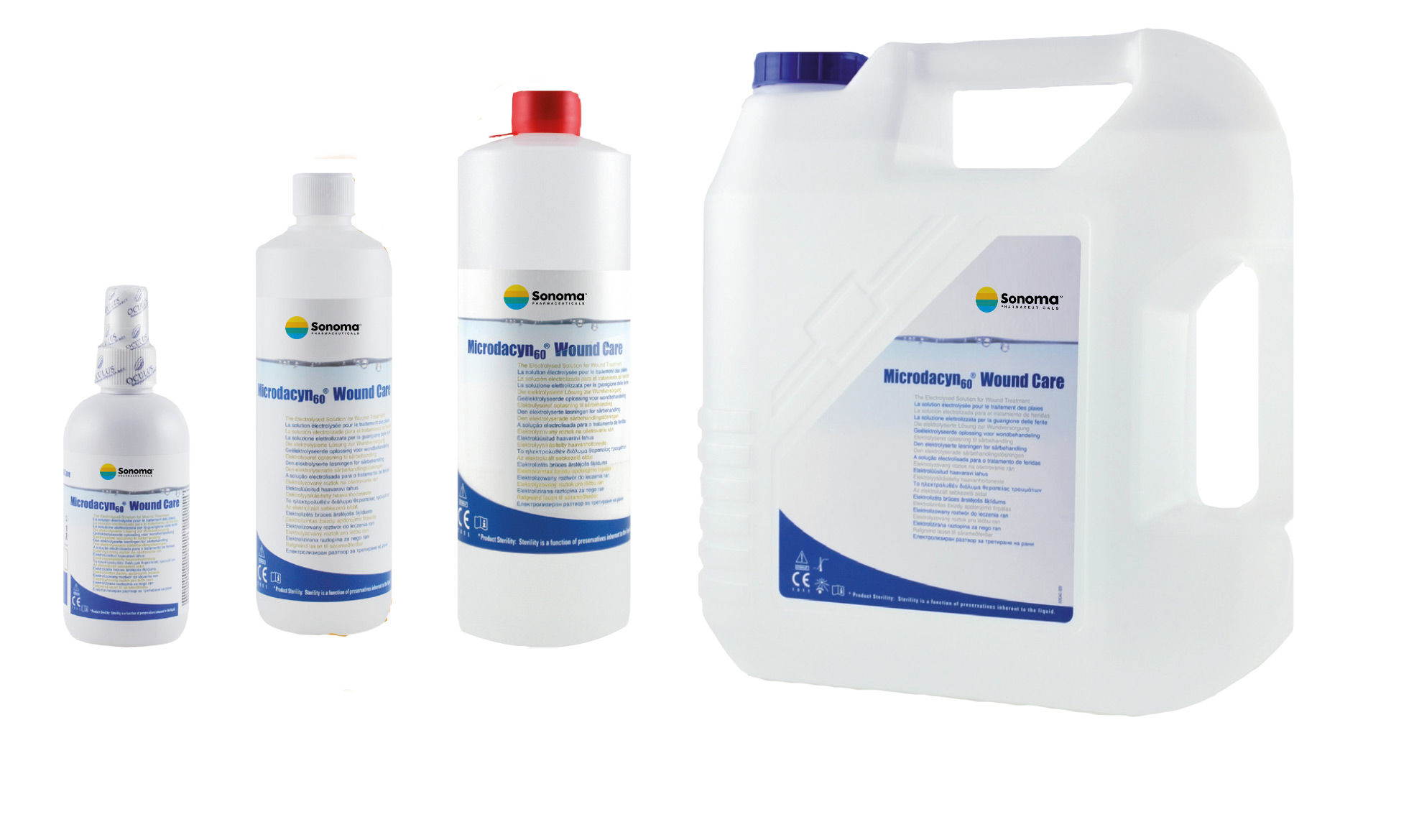
Advantages of Microdacyn60® Wound Care in comparison to chemical substances
Microdacyn60® Wound Care contains the preservatives sodium hypochlorite and hypochlorous acid which ensure the product’s sterility. These compounds are naturally produced as defensive agents by mammalian neutrophils/monocytes as part of the immune system.
Great Efficacy
The primary mode of action of Microdacyn60 involves the mechanical removal of cellular debris, senescent cells, necrotic tissue, and foreign material from the skin and wound surface using a moistened dressing (e.g.gauze) along with irrigation. Removal of these materials through these actions is known to decrease infection rates and improve wound healing. The secondary mode of action is a function of the antimicrobial properties of hypochlorous acid (HOCl) and its salt, hypochlorite (OCl–) (1). These ancillary medicinal substances which are present in Microdacyn60 in very low, non toxic amounts, assist in the removal of microorganisms.
- Can remain in the wound and does not need to be rinsed out
- Can also be used in exposed joints, cartilage, ligaments, and tendons
- Does not develop bacterial resistance
Maximum Tolerance
The essential component of Microdacyn60® Wound Care is hypochlorous acid (HOCl). It is an important constituent of our innate immune system and is formed and released by the macrophages during phagocytosis. This represents a significant advantage over other wound-irrigation and antiseptic solutions as highly organized cell structures such as human tissue can tolerate the action of Microdacyn60® Wound Care while single-celled microorganisms cannot.
- Microdacyn60® Wound Care has no known side effects on human cells
- Microdacyn60® Wound Care is not cytotoxic
Low Irritation Threshold
Microdacyn60® Wound Care is tolerated extremely well and has achieved an irrigation threshold of 1.022 in the HET-CAM assay.
| DRUG | IT | REACTION |
|---|---|---|
| Microdacyn60® Wound Care | <2 | No hemorrhage or coagulation |
| Polihexanid 0,04 % in Ringer | <2 | |
| Octenidin | <3 | Hemorrhage, lysis and coagulation |
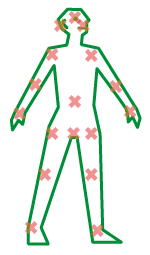
Due to its unique chemistry, Microdacyn60® Wound Care is much more stable than similar products on the market and therefore maintains much higher levels of hypochlorous acid over its shelf life.
Microdacyn60® Wound Care is ideal for use in exposed joints, tendons, bones, and ligaments. In addition, it is possible to use Microdacyn60® Wound Care for installation in negative-pressure wound therapy and in peritoneal and joint irrigation.
Microdacyn60® Wound Care eliminates unpleasant wound odors in just a few seconds.
The Microdacyn60® Wound Care effect has also been proven under clinical conditions: in a controlled prospective-study*, 90% of patients had a distinct increase in granulation and improvement in the surrounding skin.
*Martínez-De Jesús FR, Ramos-De la Medina A, Remes-Troche JM, Armstrong DG, Wu SC, Lázaro Martínez JL, Beneit-Montesinos JV.
Efficacy and safety of neutral pH superoxidised solution in severe diabetic foot infections. Int Wound J 2007;doi:10.1111/j.1742-481X.2007.00363.x.
Microdacyn60® Wound Care is effective against gram-positive and gram-negative bacteria (including MRSA), viruses, fungi, and spores.
| CATEGORIE | MICROORGANISM | STANDARD / METHOD | TYPE | Expos. Time (Minutes) | Reduction of Microbial Load |
|---|---|---|---|---|---|
| Bactericide | Pseudomonas aeruginosa | AOAC Use Dilution Method BS EN 13727:1999 |
Carrier / Suspension | 10 / 15 | > 4,7 log / > 5,4 log |
| Staphylococcus aureus | AOAC Use Dilution Method BS EN 13727:1999 |
Carrier / Suspension | 10 / 15 | > 4,7 log / > 5,1 log | |
| Salmonella choleraesuis | AOAC Use Dilution Method | Carrier | 10 | > 5,7 log | |
| Enterococcus hirae | BS EN 13727:1999 | Suspension | 15 | > 5,0 log | |
| Escherichia coli | AOAC Use Dilution Method | Carrier | 1 | > 5,0 log | |
| Bactericide (resistant strains) |
Methicillinresistente Staphylococcus aureus (MRSA) | AOAC Use Dilution Method | Carrier | 10 | > 5,9 log |
| Vancomycinresistente Enterococcus faecalis (VRE) | AOAC Use Dilution Method | Carrier | 10 | > 6,1 log | |
| Tuberculocide | Mycobacterium bovis | Tuberculocidal effect in suspension | Suspension | 5 | > 6,4 log |
| Virucide | Human Immundeficiency Virus Type I (HIV-I) |
As U.S. EPA guidelines | Carrier | 10 | > 3,7 log |
| Fungicide | Trichophyton mentagrophytes | Fungicidal Use Dilution Method | Carrier | 10 | > 6,3 log |
| Sporicide | Bacillus atrophaeus | BS EN 14347:2002 | Suspension | 15 | > 6,5 log |
In vitro study also available under: Journal of Hospital Infection (2005), 1–9: Dr. Landa-Solis
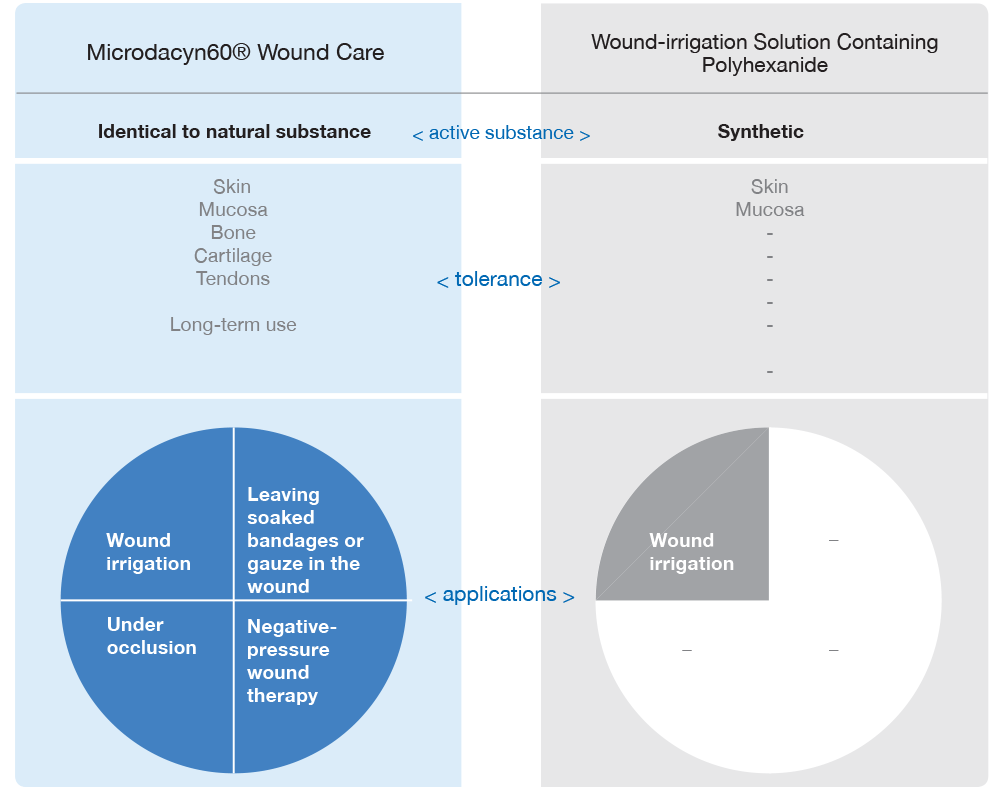

Exclusive: Microdacyn60® Wound Care for NPW therapy
Because of its maximum tolerance, Microdacyn60® Wound Care can also be used with all the usual positive and negative-pressure therapies, such as V.A.C. Instill®. For ease of use, Microdacyn60® Wound Care is offered in a special hanging bottle with a piercing cone.
Wound Treatment Solution
There are many cleansers with the ability to kill microorganisms. Unfortunately, many of these cleansers are antiseptics with a high degree of toxicity and will therefore destroy the surrounding skin and peri-wound tissue.
While fighting infections these antiseptics will in fact inhibit wound healing!
Therefore it has never been our isolated goal to fight infections only. Microdacyn60 is not just another anti-microbial cleanser but a ‘Wound Treatment Solution’.
Our focus is to heal wounds as quickly as possible. In order to achieve, effectivity and safety (non-toxicity) must be united. Microdacyn60 may therefore not be labelled the strongest “antimicrobial” product, but the use of natural body ingredients (in fact the same ingredients that our body immune system uses) will speed up the healing process by stimulating the body to perform its own healing process.
Physical mode of action
What also makes Microdacyn60 different is a physical mode of action instead of a chemical mode of action. Again, many antiseptics contain chemical ingredients and kill by chemical action (which in fact also is a source of bacterial resistance).
While Microdacyn60’s active ingredient (Hypochlorous Acid) increases microorganisms’ cell wall permeability by denaturing proteins and fatty acids, it does not kill microorganisms!
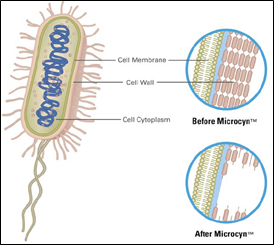
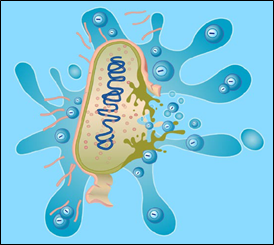
What destroys microorganisms is induced by a purely natural and physical process called Osmosis. Osmosis is the tendency of water to flow from a low concentration of salt (HYPOTONIC) to a high concentration of salt (HYPERTONIC).
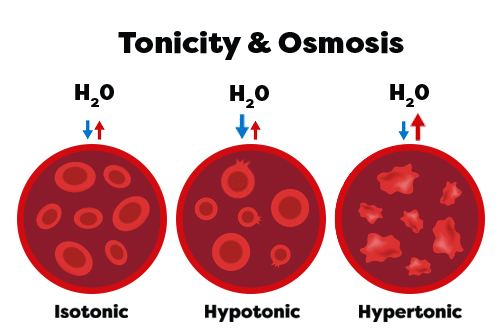
The concentration of salt (NaCl) in bacteria (0,9%) is 33x higher than the concentration of salt in Microdacyn (0,027%). When a single cell organism gets in contact with hypotonic Microdacyn60, the water molecules will move into the microorganism causing it to swell. The combination of excessive swelling and the increased cell wall permeability will cause cell lysis and -instantly- kill the microorganism.
The lower the Osmolality, the stronger the Osmotic pressure and the stronger the physical effect on microorganisms. With an Osmolarity of only 13 mOsmol/kg, Microdacyn60 is the most powerful hypotonic HOCl solution on the market today.
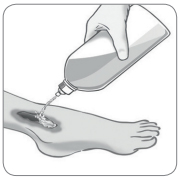
A. Irrigate wound with Microdacyn60® Wound Care and let it take effect for 15 min.
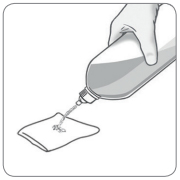
B. Clean wound with a compress soaked in Microdacyn60® Wound Care.
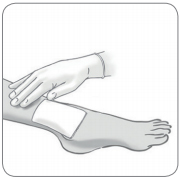
C. if needed, spray first Microdacyn® Hydrogel on the wound and apply bandage as usual.
Practical info
- Microdacyn60® Wound Care is a ready-to-use, pH-neutral wound-irrigation solution
- pH value 7.0
- Shelf life of up to 24 months at room temperature if not open
- Use within 60 days after opening
- Can be warmed before use with no problems (to 40°C)

